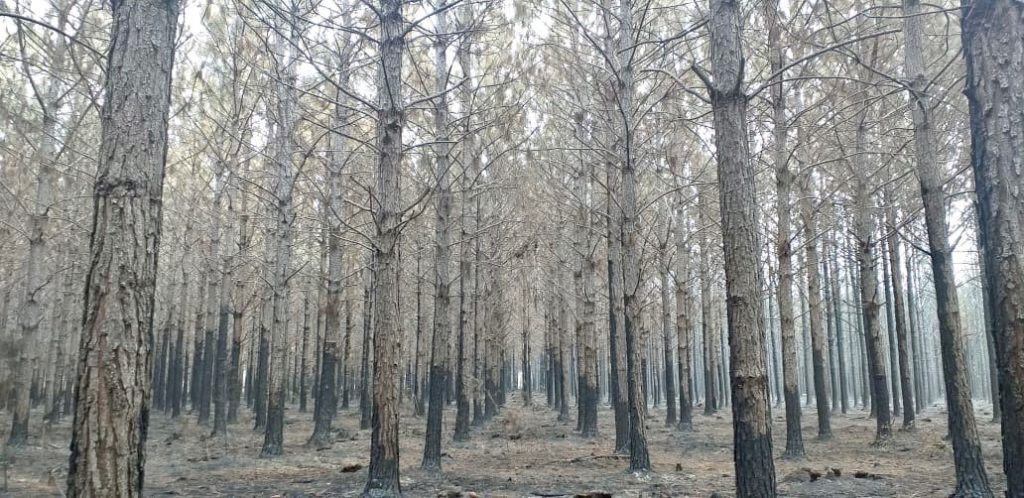Weather/Situation: Low rainfalls were so far registered compared with the historical average for the same period. Only some patchy rains were recorded which didn’t allow us so far the fully our artificial lake (480 ha). We are still missing 50 cm of water and the level of the river is currently to low to pump the balance.
The latest forecasts are not favourable for the coming months as lower rains than usually are predicted for July and August with higher temperature than usually for this period ; the situation is expected to get worse in September when the sowing season of rice and soybean will started.
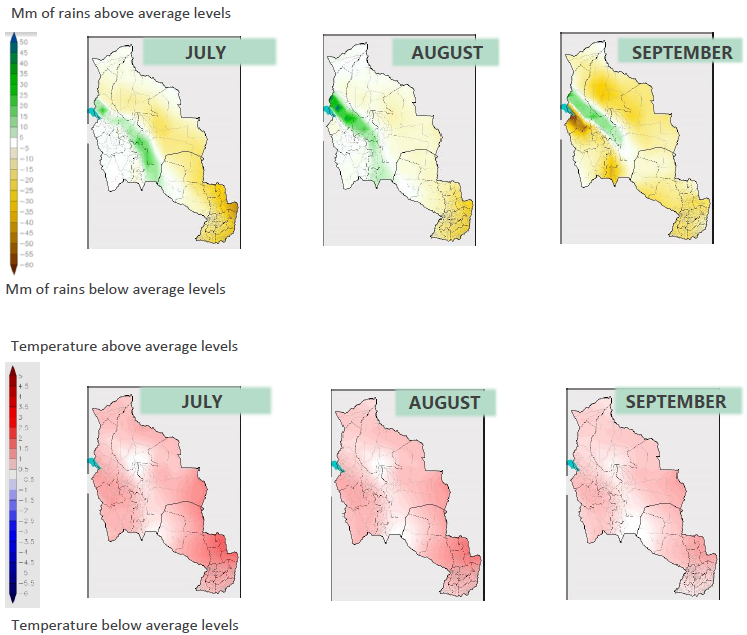
It’s likely that La Niña will redevelop in the coming months with a peak in December/January for our region. A more intense drought than in 2020/21 is expected as you can read in the article from ABC Colour.
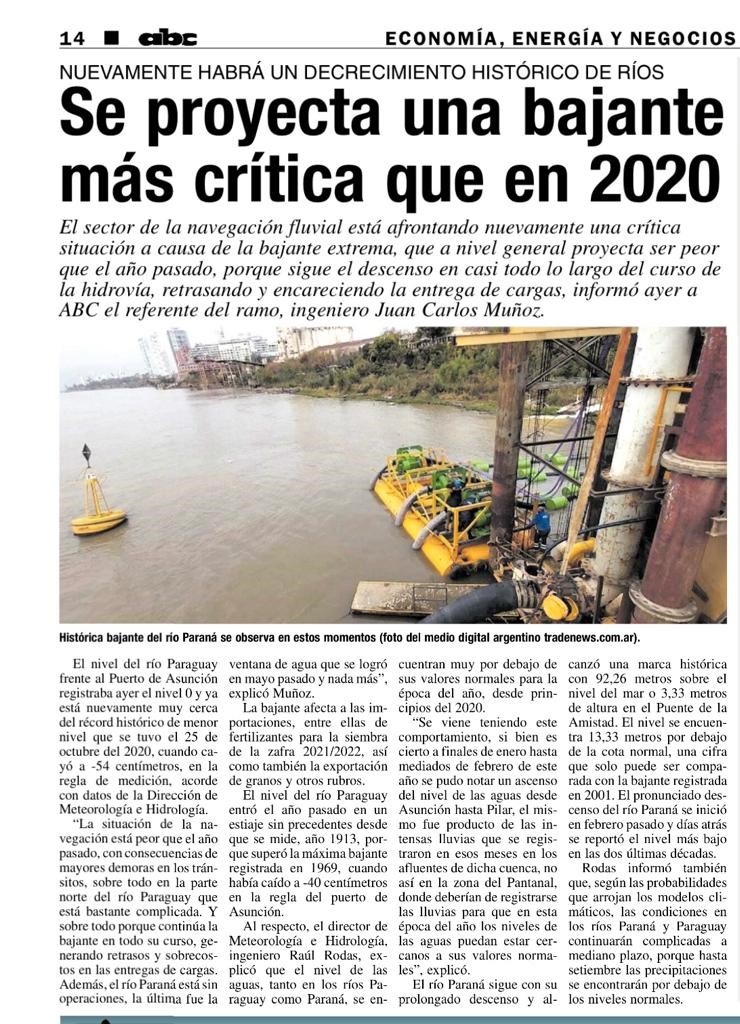
Soybean land preparation: 650 ha among 1,100 are in the final stage of preparation and we are currently performing the last labour in block B. The hatched soybean area will be terminated by the end of 2nd week of July. In the reaming area, we have two passes to make with ploughing machines – calcareo to apply and another final plough to finish the sequence.
In order to optimise field-level management, we are also going to adopted Real Time Kinematic (RTK) technology using GPS guidance systems to ensure we have the most accurate picture of the field and achieve the highest level of precision to create an accurate well balanced design. We are already using this technology for our rice activity and we will replicate it for soybean cultivation. Basically, topographical data collected are then processed with a specific software to perform optimal land levelling with the tractors on autopilot. The system not only offer higher accuracy but is also reducing the amount of time it takes to complete our land-levelling operations. All those information can also be reused for future seasons.
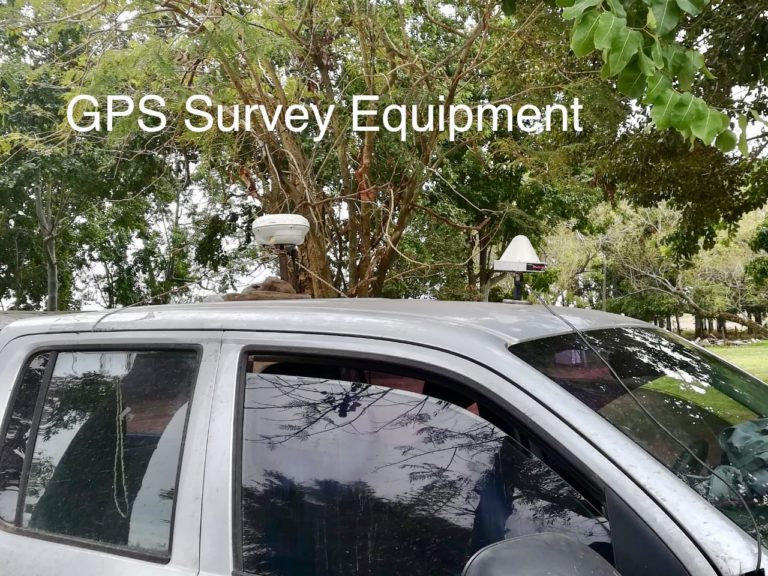
We have also cleaned drainage for soybean plots as you can see below.

Rice: Given the high probability of a new drought, we are evaluating with our partner GPSA the possibility to reduce our rice surface exposure and to reallocate part to soybean cultivation. Our “base rice surface” is amounting to 1,650 ha of which we believe around 30% can be reallocate this cycle to soybean cultivation. Furthermore, outlooks for soybean are attractive as there is a strong demand led by China and stocks are low.




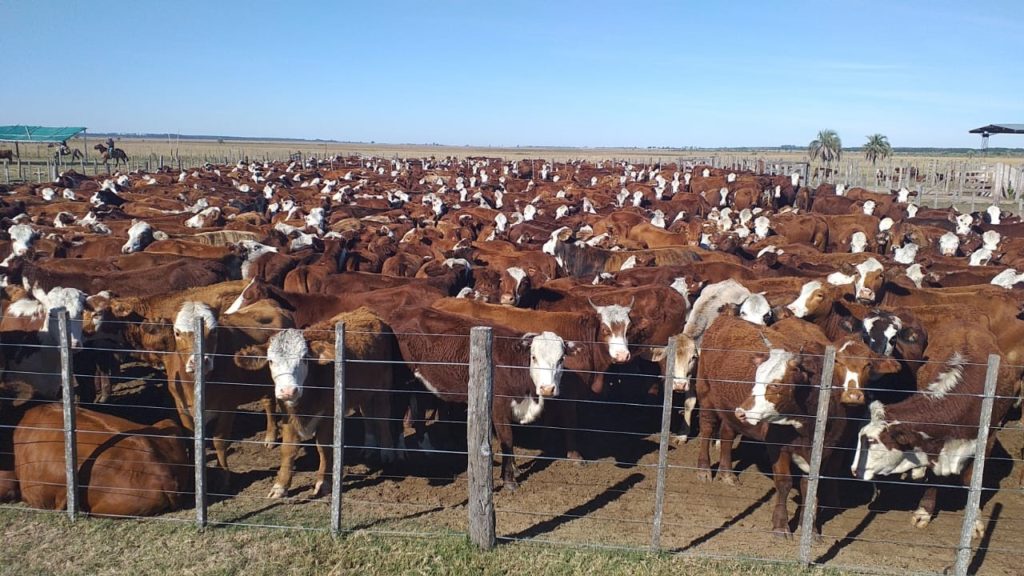
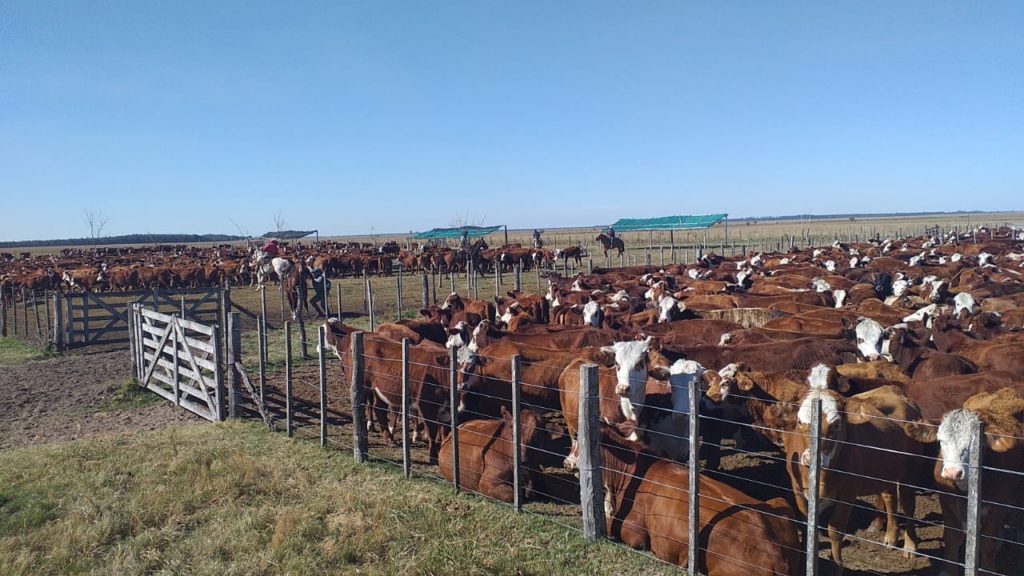
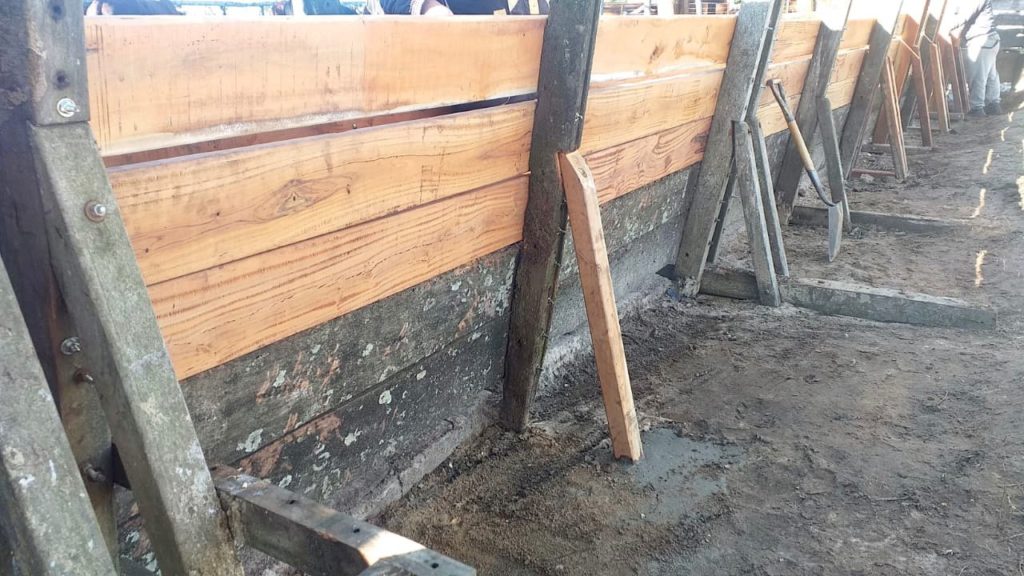
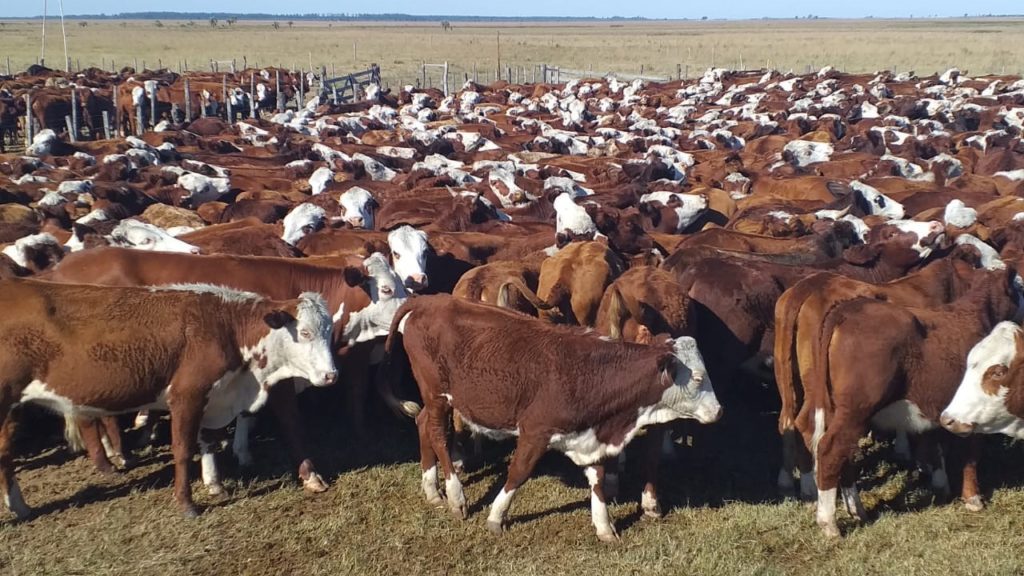
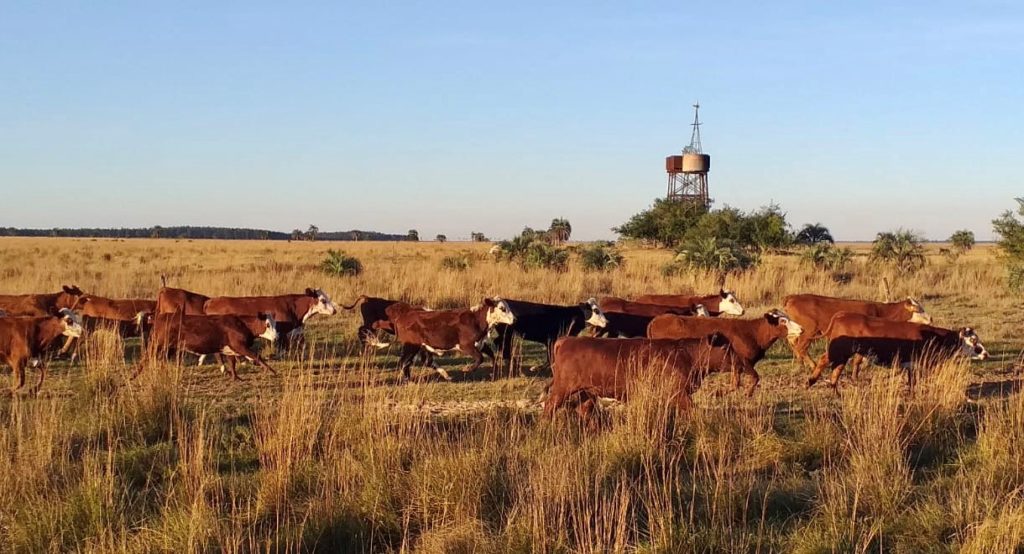
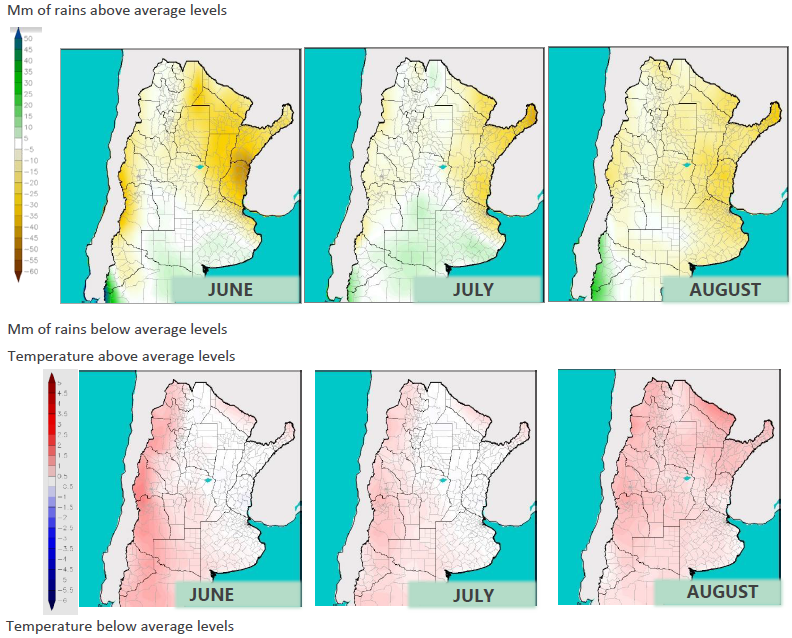

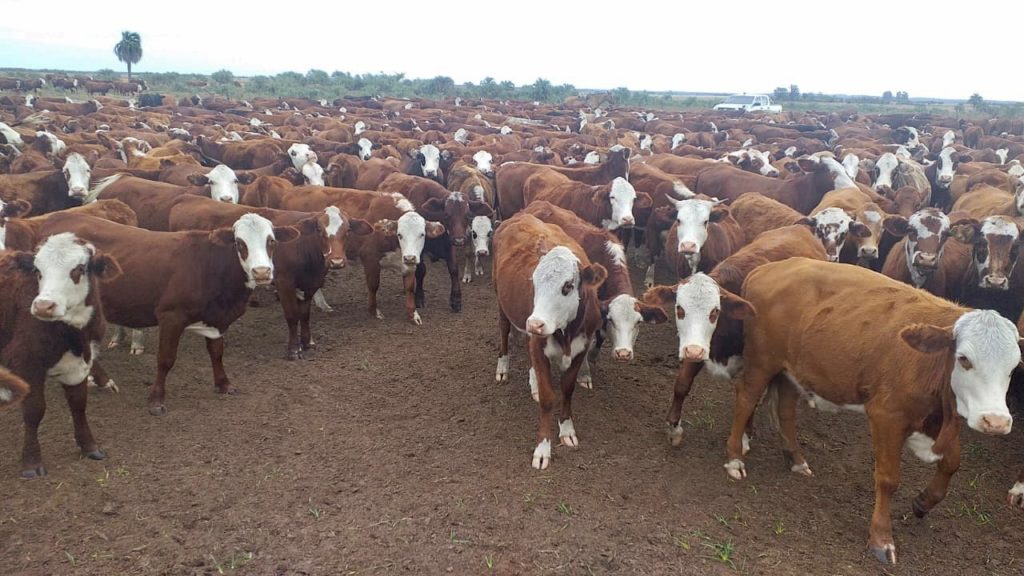



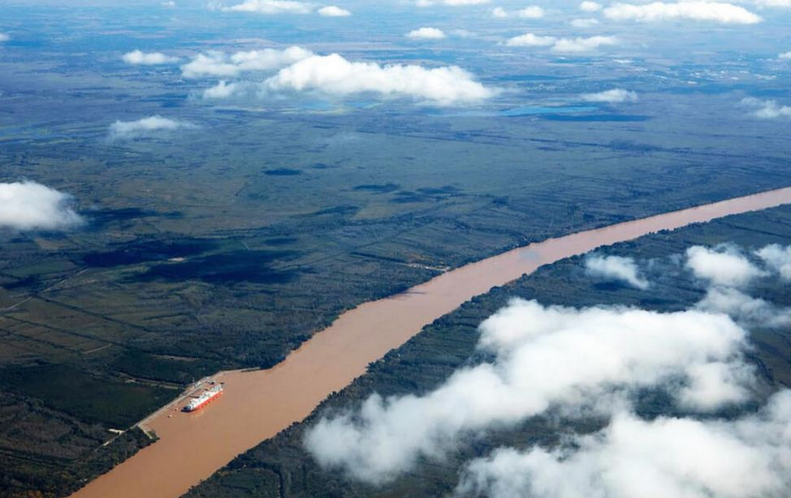
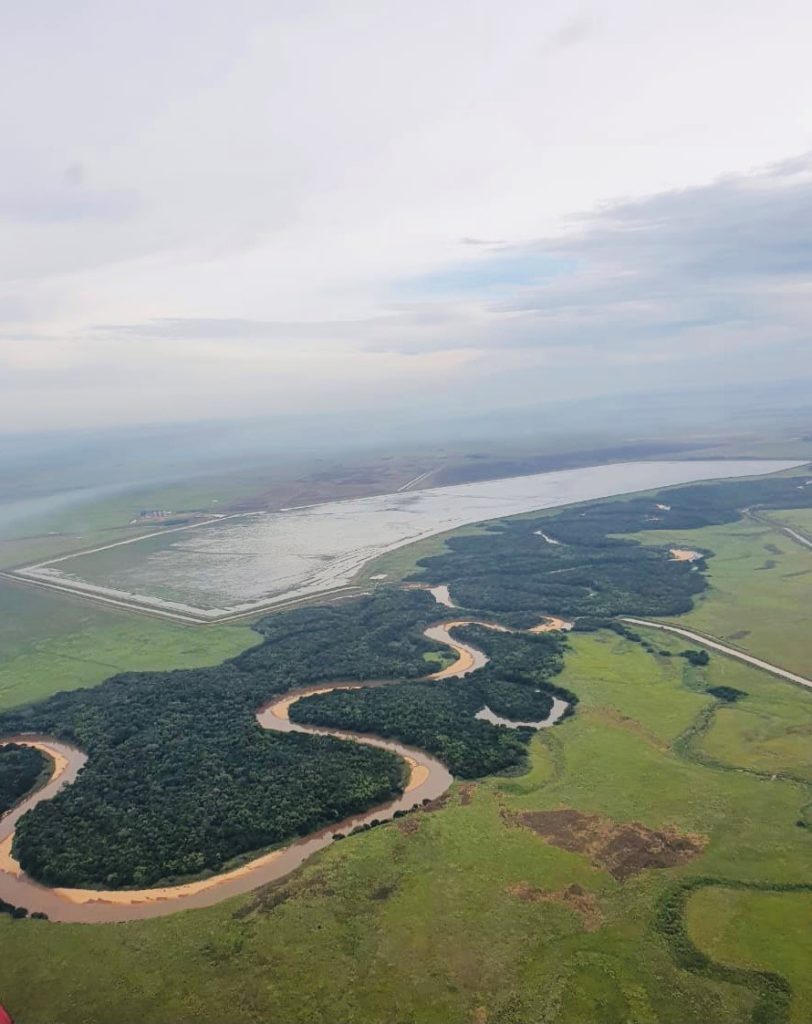
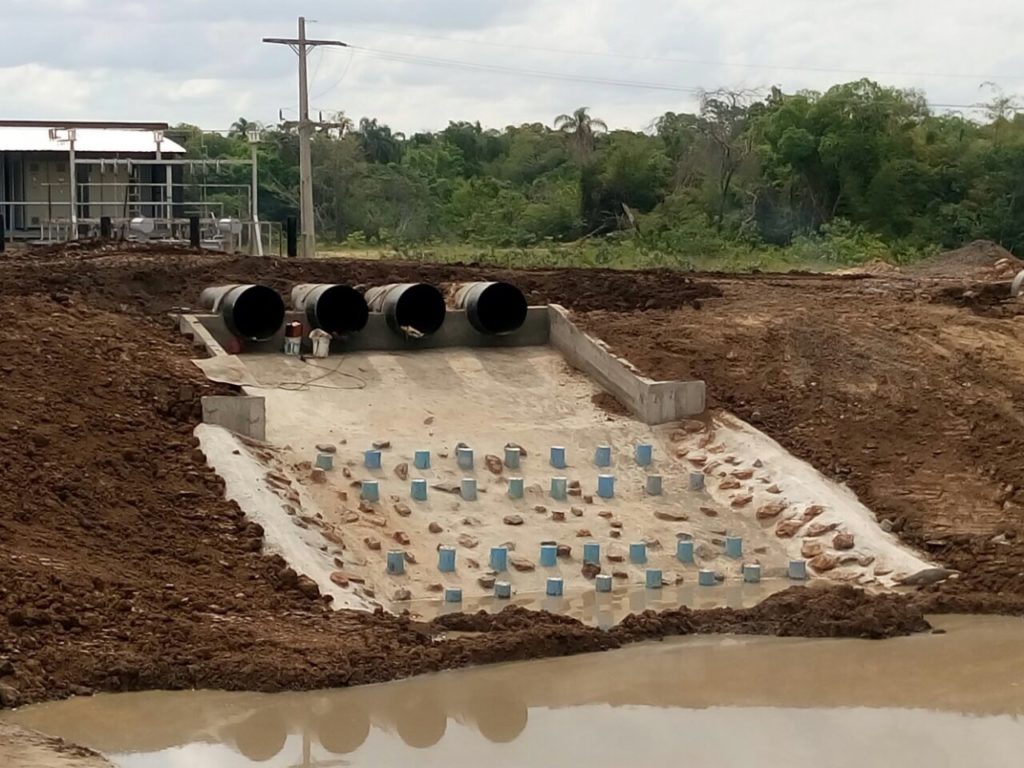


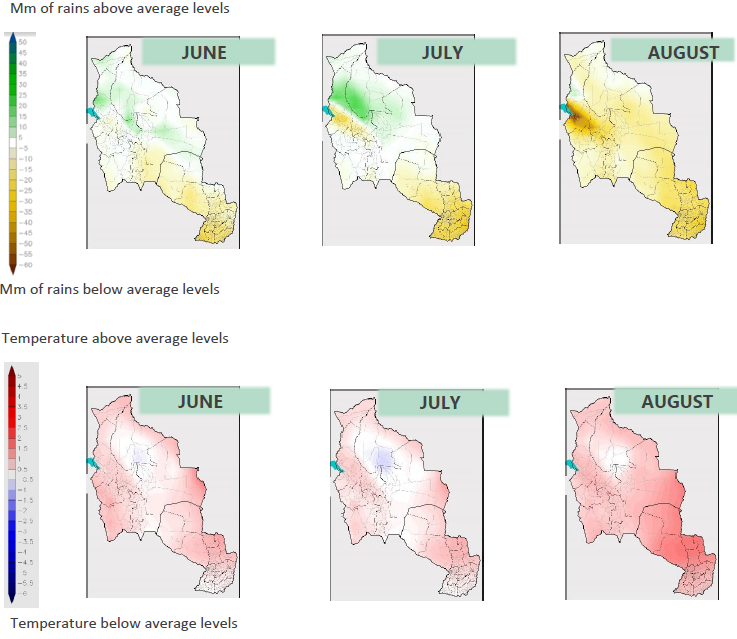
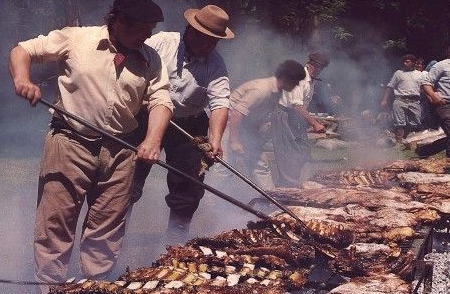
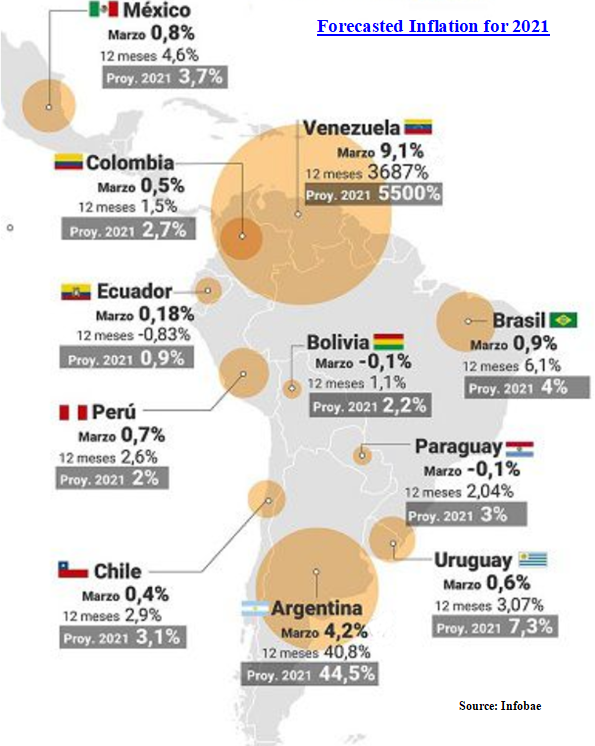
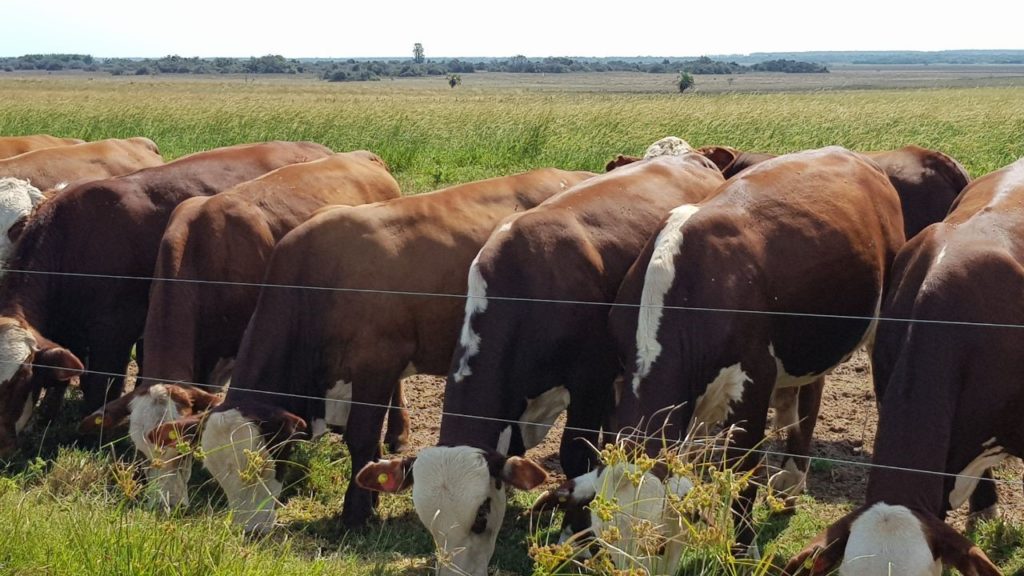
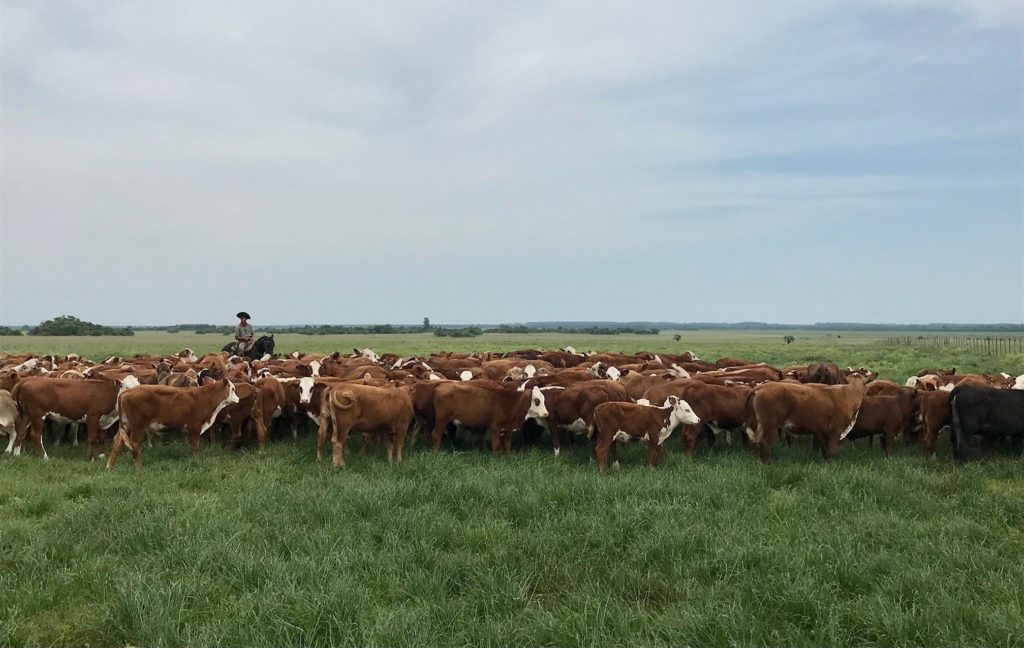
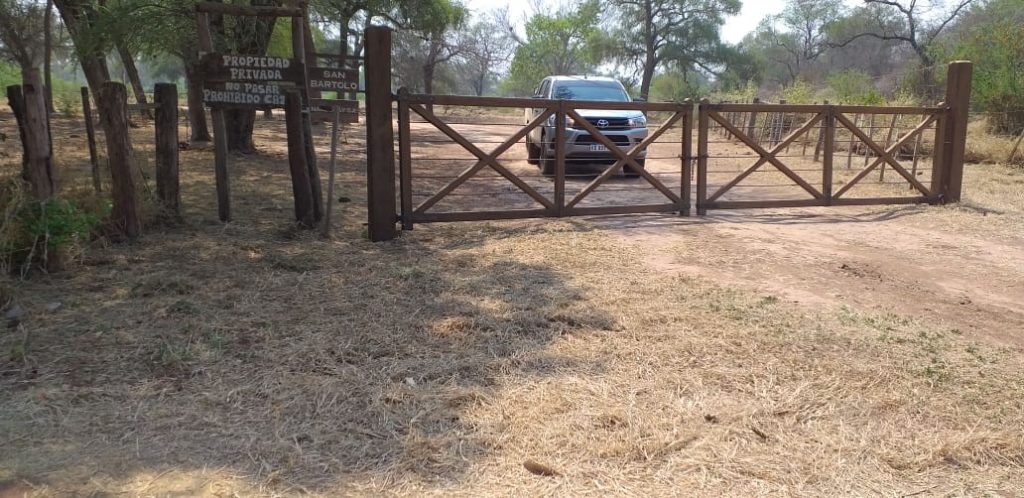
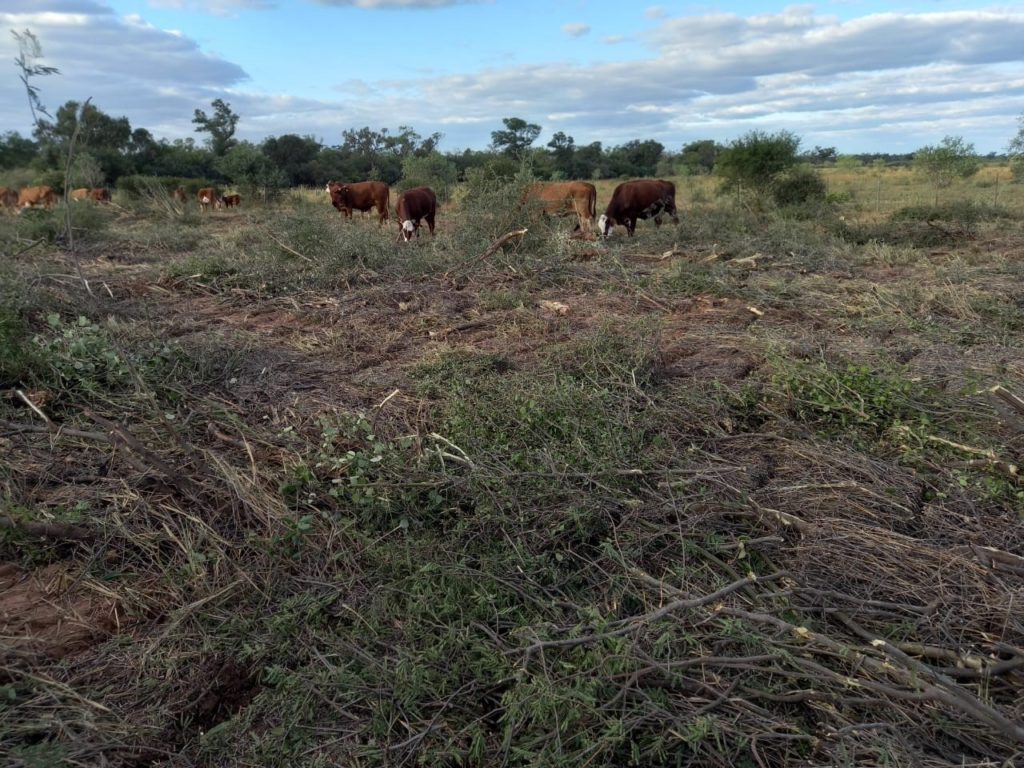

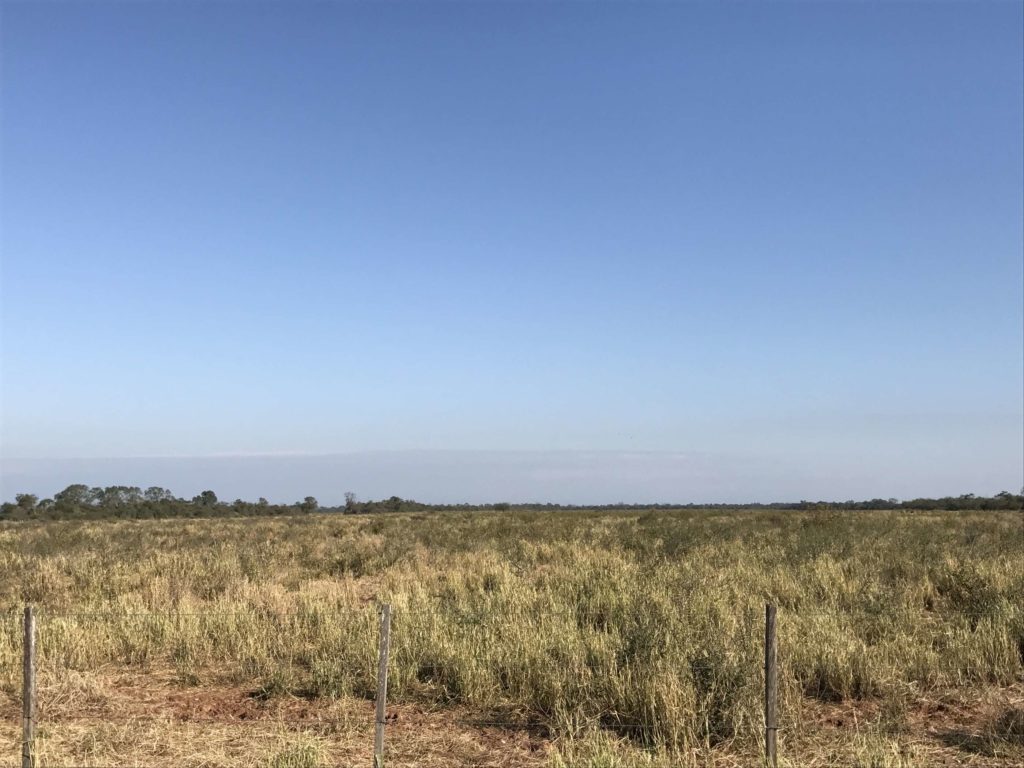
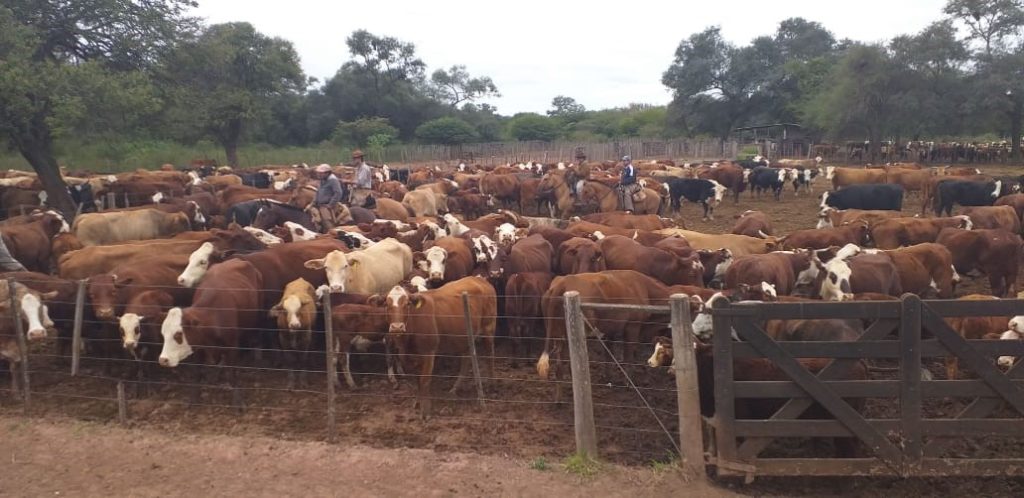
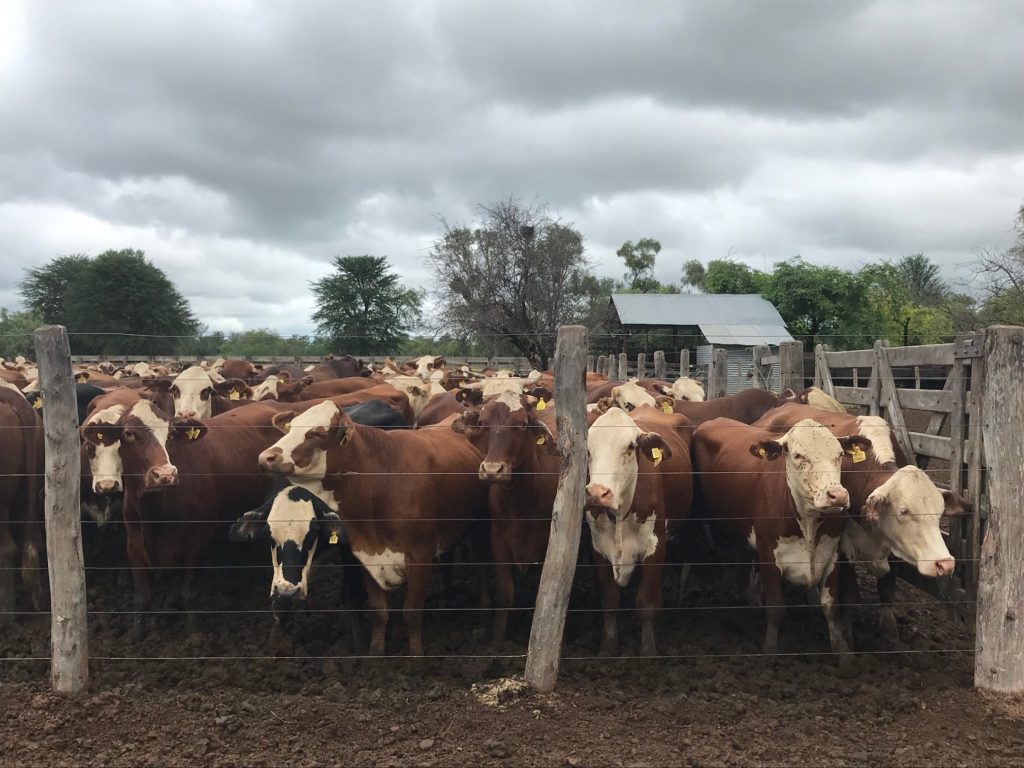
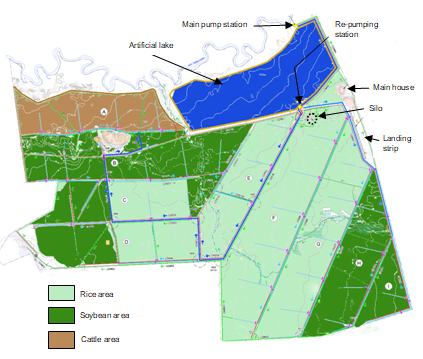




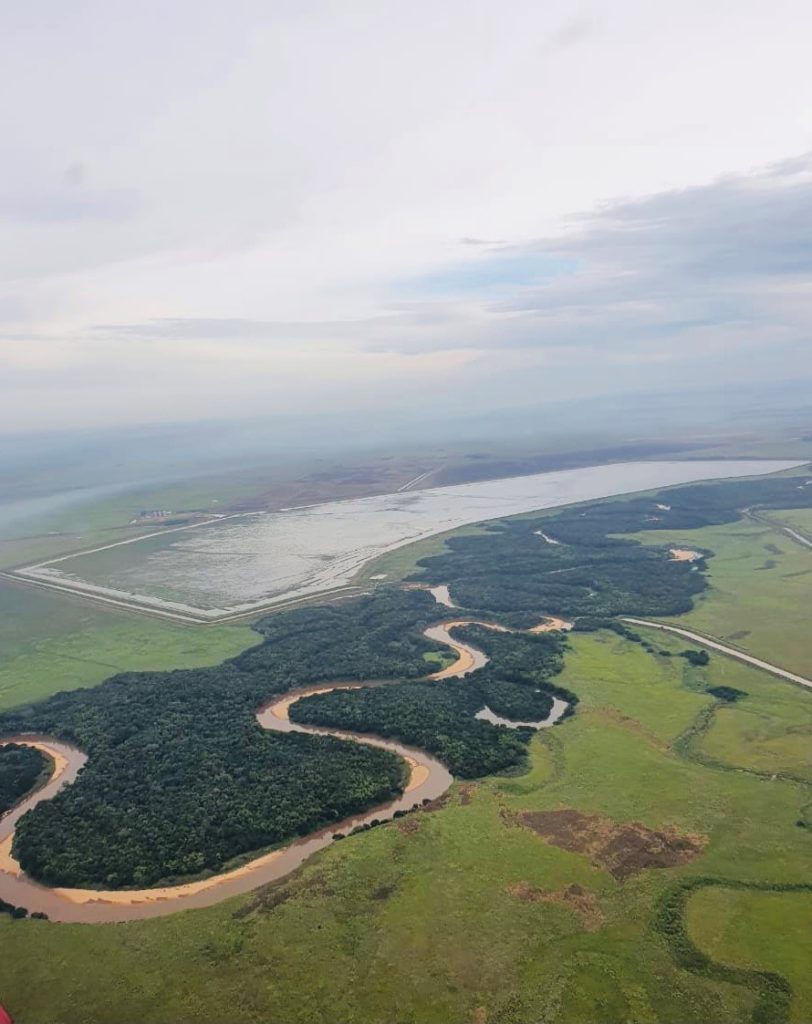

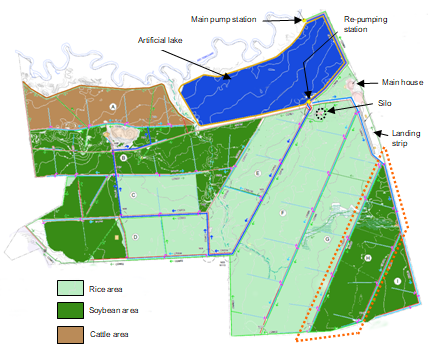

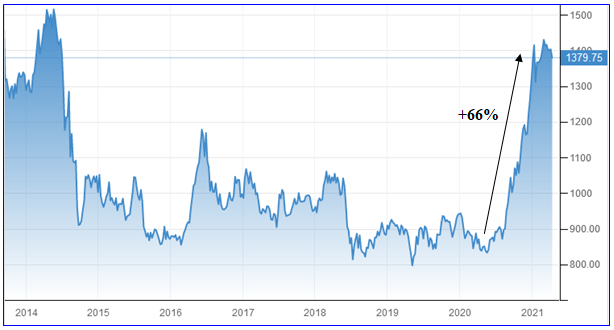 Source: Bloomberg
Source: Bloomberg



